Cleanrth TSBR620 Sonic and Ultrasonic Bird Repeller with Triple Scan Technology
$74.99
Stop pigeons and gulls from turning your space into a landing strip with the Cleanrth TSBR620. This ultrasonic bird repeller uses Triple Scan Technology to detect intruders at up to about 115 feet, then fires adjustable sonic or near-silent ultrasonic sound with a bright strobe for a quick, humane “move along” cue. Choose Detection Mode for motion-activated protection, or run it continuously for stubborn pressure. Plug-in power or D batteries gives you flexible placement.
Description
If gulls, pigeons, or starlings keep claiming your roofline or dock like a daily ritual, the Cleanrth TSBR620 Super Advanced Sonic and Ultrasonic Bird Repeller with Triple Scan Technology gives you a practical way to take that space back without traps or messy gels. It pairs a long-reach infrared sensor that detects birds out to about 115 feet with powerful sonic and nearly silent ultrasonic outputs, plus a startling strobe, all designed to cover large open areas up to roughly 12,000 square feet.
What I appreciate about this unit is how it lets you choose how it behaves in your world. You can run it in detection mode so it activates only when birds intrude, set it to continuous for stubborn pressure, or turn it off when you are outside entertaining. It is water-resistant, can run on batteries or a plug, and can be wall-mounted or left free-standing, which makes it easy to test positions until you hit that sweet spot where birds decide your place is not worth the hassle.
Key Customer Benefits
- Motion-activated protection that saves battery and sanity. Triple Scan Technology uses a wide-angle infrared sensor to detect intruders out to about 115 feet, with roughly 120 degrees horizontal and 90 degrees vertical coverage. That means the unit only fires when birds enter your space, so you get targeted deterrence without constant noise.
- Covers big, open problem areas. The TSBR620 is designed to project sonic and ultrasonic output across up to about 12,000 square feet in open areas, which is helpful for rooflines, parking lots, docks, and loading bays where birds like to stage.
- Flexible sound strategy for different settings. Choose audible sonic sounds when you need a strong message, or switch to nearly silent ultrasonic output for more sensitive locations. You can also pick how it runs: Detection mode, Always on, or Off. That control helps you tune the device for neighborhoods, work yards, or waterfronts.
- Adds a visual startle to break stubborn perching habits. A built-in strobe flashes when triggered, pairing with the sound to create a quick, multi-sensor surprise that encourages birds to move along. This combination is useful when pigeons or gulls have gotten comfortable with a single deterrent.
- Place it where the birds actually land. The unit is water-resistant, can be wall-mounted or free-standing, and runs on plug-in power or optional D batteries. That makes it easier to test locations and aim the speaker and sensor directly at favorite perches, which is a practical tip that improves results outdoors.
- Dial the sensitivity to avoid false triggers. In noisy urban environments you can reduce sensor sensitivity so the speaker only activates when birds come close. This helps maintain peace with neighbors while still guarding your ledges and signs.
- A step up from entry models. Compared with the brand’s smaller unit, the TSBR620 advertises twice the detection area and longer reach, so it is a better fit when you need coverage beyond a small patio or balcony.
Product Description
What this device is
The Cleanrth TSBR620 Super Advanced Sonic and Ultrasonic Bird Repeller with Triple Scan Technology is a motion-sensing deterrent that pairs loudspeaker sonic calls, near-silent ultrasonic output, and a bright strobe into one unit. It is built for larger open areas, with the manufacturer advertising detection out to about 115 feet and sound coverage suited to open spaces up to roughly twelve thousand square feet. It runs on plug-in power or D batteries, is water-resistant, and can be mounted or left free-standing so you can aim it exactly where birds stage. Cleanrth positions the TSBR620 as a step up from the TSBR610, noting about double the detection area, which matters if your problem is more than a small balcony.
How it works
A wide-angle infrared sensor watches your space. When a pigeon, gull, or starling breaks that invisible beam, the TSBR620 fires a quick sequence that can include audible sonic sounds, ultrasonic output that humans may not hear, and a visual strobe. You decide the operating mode. Use Detection Mode so it activates only when birds intrude, choose Always On for heavy pressure sites, or switch Off when people are nearby.
You can also slide the sonic or ultrasonic control to tune what you hear versus what the birds hear. A Cleanrth support clip and product listings explain that pushing the frequency slider toward the right reduces human audibility, which is handy near neighbors, although audible sonic bursts create a stronger “startle” for entrenched flocks.
What makes it effective and different
Two things set this unit apart for the price class. First is the Triple Scan Technology and long reach of the infrared sensor, which helps the device trigger more consistently across wide approaches like parking lots, docks, and roof edges. Second is the ability to layer senses, meaning sound plus light together. This multi-sensory surprise tends to break fixed perching habits better than a single cue, especially on species that acclimate quickly to one sound pattern.
Cleanrth and retailer pages emphasize the larger open-area coverage and the option to run either audible sonic or nearly silent ultrasonic output, which gives you a way to balance effectiveness with community tolerance. Compared with the TSBR610, the TSBR620 is marketed with roughly two times the detection footprint, so it is the more appropriate tool when you need longer throw.
Product Specifications
| Spec | Details |
|---|---|
| Detection method | Passive infrared sensor with “Triple Scan Technology.” Detects approaching birds at up to about 115 feet with an approximate 120 degree horizontal by 90 degree vertical spread. |
| Effective coverage | Advertised for up to about twelve thousand square feet in open areas. |
| Outputs | Audible sonic sounds and near-silent ultrasonic output, plus a bright strobe that flashes when triggered. |
| Operating modes | Off, Detection mode that activates when the sensor is tripped, or Always on. Sensitivity and frequency sliders allow additional tuning. |
| Power options | 9-volt DC, 500 mA AC adapter included, with an extra power cord extension of about 38 feet. Optional alternative power is four D-cell batteries, not included. |
| Power consumption | About 0.5 watts when the infrared sensor is activated, per manufacturer listing. |
| Dimensions and weight | Unit dimensions listed as about 4.25 by 6 by 6.5 inches. Item weight listed around 12.8 ounces on Amazon. Package dimensions sometimes shown as roughly 7 by 7 by 6 inches for shipping. |
| Mounting and placement | Water-resistant housing. Can be wall-mounted or free-standing. Manufacturer suggests aiming the white sensor window and speaker directly toward the landing or approach path for best results. |
| Indoor or outdoor use | Designed for outdoor bird control, but the speaker output notes reference “one room up to 12,000 sq ft” to convey relative loudness. Outdoors you should aim and position carefully. |
| User adjustments | Frequency slider can be set higher to reduce audibility to humans, which is helpful in neighborhoods, though audible sonic output often creates a stronger startle effect. Sensitivity can be lowered to avoid false triggers. |
| Warranty | Listings indicate a one-year money-back guarantee and warranty from the brand. Verify current terms with the seller at purchase. |
| Materials | Retailers list molded plastic housing. |
How to Use and Install the TSBR620
Before you start, map the bird pressure
Walk the site and note where birds land, roost, and stage. Look for droppings, feathers, or nest starts on ledges, signs, roof peaks, dock rails, and boat rigging. This tells you where to aim the sensor and speaker so the Cleanrth TSBR620 Super Advanced Sonic and Ultrasonic Bird Repeller with Triple Scan Technology can “see” the approach and fire at the right moment.
Wildlife damage guidance consistently recommends pairing deterrents with sanitation and small habitat changes. Clean spilled grain or food, remove standing water, and block favorite roosts with spikes or exclusion where it is practical. That combination makes any electronic repeller more effective over time.
What comes in the box
You should have the TSBR620 unit, a plug-in power adapter for low draw operation, and mounting points molded into the housing. Cleanrth lists plug-in power as the most reliable option and notes the unit can also run on four D batteries when an outlet is not available. An extension lead or accessory power kit from the brand can help you reach distant outlets.
Placement and aiming that actually works
Height and angle. Place the unit at the same height as the birds’ landing zone and aim the white sensor window and the speaker directly at that zone. The TSBR620’s passive infrared sensor uses Triple Scan Technology and is advertised to detect intruders out to about one hundred and fifteen feet with an approximate wide angle cone, so pointing matters. Keep the field of view clear of big obstructions.
Distance and coverage. Sonic and ultrasonic output is marketed for large open areas, up to about twelve thousand square feet. Outdoors, sound disperses quickly in wind, so place the device closer to the problem ledge or approach rather than relying on maximum range. If you have multiple facades or a long dock, plan on more than one device or reposition during the first week until you find the “sweet spot.”
Weather exposure. The housing is water-resistant, which is fine for rain and splash. Do not sit the back of the unit in standing water. Under eaves or on a mast bracket that sheds water is ideal.
Legal and neighbor awareness. Many wild birds are protected. If you are unsure about a species or nesting status, check local guidance before you disturb nests. For community peace, start with daytime audible use and shift toward more ultrasonic output during quiet hours.
Powering the device
Best reliability. Use the included low-voltage adapter for continuous or frequent activation sites. Route the cable along a wall or mast and drip-loop it to keep water from wicking toward the jack.
Battery operation. Use four quality D cells for temporary placements where power is not available. Expect shorter run time if you use “Always On.” Motion-activated use conserves power.
Longer reach options. If the outlet is far, Cleanrth sells an accessory kit with a longer lead that fits the bird repeller models.
First-time setup, step by step
- Mount or set the unit. Wall mount through the two molded holes, or place free-standing on a flat surface. Point the sensor and speaker at the landing zone or approach path.
- Choose operating mode. Start with Detection Mode, which fires only when the sensor is triggered. Use Always On only for heavy pressure sites when no one is present nearby. Off is handy during outdoor gatherings.
- Set the sound strategy. Begin with audible sonic output to deliver a strong startle during daylight. After a few days, slide toward higher frequencies for more ultrasonic when you need quieter operation near people. Cleanrth notes that sliding the frequency control toward the right makes output less audible to humans, with some trade-off in startle strength.
- Dial the sensitivity. Start at a medium setting. If breezes, flags, or pedestrians trigger the unit too often, reduce sensitivity. If birds still slip in before activation, increase it and re-aim slightly down the approach line.
- Test the trigger. Walk the approach line at bird height to confirm the sensor sees the intrusion. Adjust angle until it fires where you expect. A short brand video also shows how to quiet the unit by adjusting the frequency if needed.
- Watch and adapt for seven to ten days. Electronic deterrents work best when you vary the output pattern, combine with sanitation, and block favorite roosts with spikes or wire where possible.
Placement examples
Roof ledge with pigeons. Mount the TSBR620 on a parapet bracket two to three meters from the most fouled section, aim slightly downward across the ledge, use Detection Mode with audible sonic during the day for the first week, then blend in more ultrasonic as activity drops. Add spikes on the “sticky” two meters of ledge.
Boat mast with gulls. Fasten to a removable rail plate, aim across the boom line so the sensor sees approach from the spreaders. Use Detection Mode daytime, more ultrasonic at night while aboard. Secure the unit well so wave motion does not change the aim. This mirrors how buyers and techs report best results on moving platforms.
Warehouse dock rail. Place the unit at bird chest height on a column facing the staging area. Remove food residues and puddles along the dock, then set moderate sensitivity and audible output during working hours.
Common Issues
- “Birds ignore it after a few days.” Rotate the angle slightly, change frequency, and alternate between audible and more ultrasonic output. Add a visual or physical cue such as reflective tape or spikes. Research and field guides note that variety reduces habituation.
- “Too noisy for neighbors.” Keep it in Detection Mode, slide the frequency control toward the right for less audibility to humans, and shorten the activation window by reducing sensitivity.
- “False triggers.” Remove moving leaves or flags in front of the sensor field, re-aim away from roads or walkways, and lower sensitivity one notch. Keep the sensor window clean.
- “Not enough reach.” Move the device closer to the landing site. The listed twelve thousand square feet refers to open area performance and is affected by wind, walls, and background noise. Consider a second unit for long facades.
Care and safety
Wipe the sensor window and speaker grill with a dry cloth every few weeks. Inspect cables and mounts after storms. The housing is water-resistant, which is fine for rain, but avoid submersion or pooling water at the back. Always follow local rules regarding protected birds and nesting seasons.
Frequently Asked Questions
1) Will the TSBR620 work through walls or from a different floor of the house?
No. Cleanrth confirms in an Amazon Q&A reply that the bird must be within the sensor’s line of sight. If the device is in the basement and the birds are in the attic, it will not trigger. Place the repeller where it can “see” the approach path, for example the attic entry point, a roof edge, or the dock rail where birds land.
2) How far can the sensor “see,” and how big an area can it protect?
The manufacturer advertises passive infrared detection out to about 115 feet with a wide field of view. Sound output is promoted for large open areas up to about twelve thousand square feet, which matches the product page and major retailer listings. Remember that outdoors, wind and obstacles reduce perceived output, so closer placement works better than counting on maximum range.
3) Does ultrasonic bird control actually work in the real world?
Evidence is mixed, so placement and expectations matter a lot. University extension overviews say ultrasonic claims are common and effectiveness can vary by species and situation, which is why combining tools is smart. Trade sources and pest firms note ultrasonic can help when correctly aimed and paired with other deterrents like sanitation and visual cues. In 2024, a peer-reviewed study explored computer-vision-triggered acoustic repellents and suggested potential in targeted, intermittent use. Bottom line, use the TSBR620 as part of a multi-method plan and you will see better results than with sound alone.
4) Will my neighbors or pets hear it?
You control audibility. Cleanrth states that sliding the frequency toward the high end makes the output less audible to humans, although there is still a brief click when the unit triggers. If you are in a close neighborhood, use Detection Mode and higher frequency settings, then test and adjust. Some homeowners have complained online about noisy ultrasonic gadgets in general, so be considerate with aiming and sensitivity.
5) Can I run it on batteries, and how is it powered?
Yes. The TSBR620 ships with a 9-volt DC, 500 mA power adapter and an extra 38-foot cord extension for easier placement. You can also use four D-cell batteries when outlets are not nearby. The listing cites about 0.5 watts when the infrared sensor is active. For heavy bird pressure, plug-in power is the most reliable choice.
6) Which birds does it help with?
Cleanrth and retailer listings highlight use on pigeons, gulls, starlings, sparrows, woodpeckers and more. Effectiveness still depends on where you aim the sonic or ultrasonic output and how entrenched the birds are. For stubborn pigeons that have “claimed” a ledge, combine the repeller with physical blockers like spikes or netting for the last step.
7) Is it legal to use around nesting birds?
In many places, active nests are protected. In the United States, the Migratory Bird Treaty Act generally prohibits destroying nests that contain eggs or dependent young. Audubon explains that you may “haze” birds during nest building if no harm occurs, and inactive nests without eggs or young can sometimes be removed depending on local rules. Always check local wildlife guidance before you act.
8) Does it have a strobe light, and when should I use it?
Yes. The TSBR620 includes a built-in strobe that flashes when triggered. A fast visual flash combined with sound often breaks habitual perching better than sound by itself, especially with gulls on docks or roofs. If neighbors are sensitive at night, shift to higher frequency settings and lower sensitivity, and consider daylight use only.
9) What operating mode should I start with, Detection or Always On?
Start with Detection Mode for targeted, energy-efficient deterrence that fires when birds intrude. Use Always On only for short periods at heavy-pressure sites when people are not nearby, for example during early morning cleanup windows on problem ledges. Rotate angles or change frequency during the first week to reduce habituation, which safety and quality forums also recommend for any bird control program.
10) Can I use it on a boat mast or marina slip?
Yes, and placement is everything. Aim the sensor slightly downward across the boom or rail so it “sees” incoming landings, then secure the unit firmly so wave motion does not change the aim. Users in boating contexts report that birds notice and sometimes even investigate gadgets, so fasten it well and combine with cleanup and line blockers if needed.
11) Are there credible criticisms of “ultrasonic bird repellers” I should know about?
Yes. Some bird-control manufacturers that specialize in species-specific distress calls caution that generic ultrasonic-only devices may have limited effect on many birds. On the flip side, pest professionals and many users report success when these devices are aimed well, tuned correctly, and combined with visual or physical deterrents. This is why we recommend using the TSBR620’s full toolset, sonic plus ultrasonic plus strobe, rather than expecting a single frequency to solve everything.
12) Is there any quick way to make the unit quieter if it seems loud?
Yes. Cleanrth’s short how-to video shows how to adjust the frequency to make the unit less audible while it still fires on intrusions. Also, lower the sensitivity and re-aim slightly so it triggers only when birds cross the approach, not when people pass nearby.
Conclusion
When birds turn your roofline, dock, or mast into a daily stopover, you do not need traps or sticky gels to win the space back. The Cleanrth TSBR620 Sonic and Ultrasonic Bird Repeller with Triple Scan Technology gives you timing and control, with motion-activated sound and a strobe that reaches large open areas, and a sensor that is advertised to detect intrusions out to about 115 feet. That combination is why it fits bigger problem zones like parapets, loading bays, and marina slips.
If you pair this ultrasonic bird repeller with basic site fixes, you set yourself up for results that last. Clean up food residues, tighten up ledges and sheltered roosts, and use deterrents as part of a simple integrated plan. Industry and extension guidance keep repeating the same theme, which is inspection, sanitation, and exclusion first, then smart deterrence. That is a practical recipe for fewer landings and less mess.
Related products
-
FAYINWBO Solar Ultrasonic Animal Repeller with Siren and Flashing LEDs for Yards and Gardens
$49.99 Buy Now -
Bird-X Yard Gard Ultrasonic Animal Repeller with Motion Sensor – 4,000 sq ft Coverage
$42.52 Buy Now -
2-Pack 2025 Solar Ultrasonic Animal Repellent with Motion Detection and Deterrent Light for Yard
$60.99 Buy Now -
2-Pack Solar Ultrasonic Animal Repeller with Motion Sensor and Strobe Light for Yard and Garden
$52.99 Buy Now
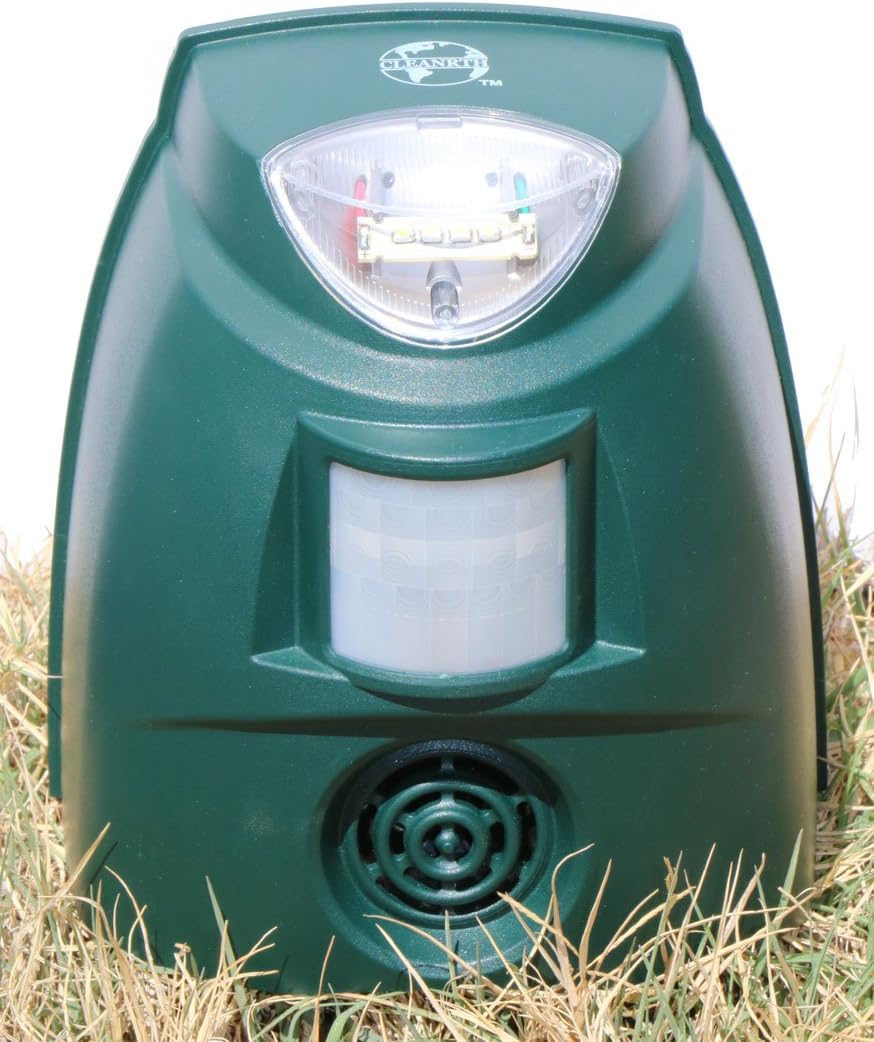
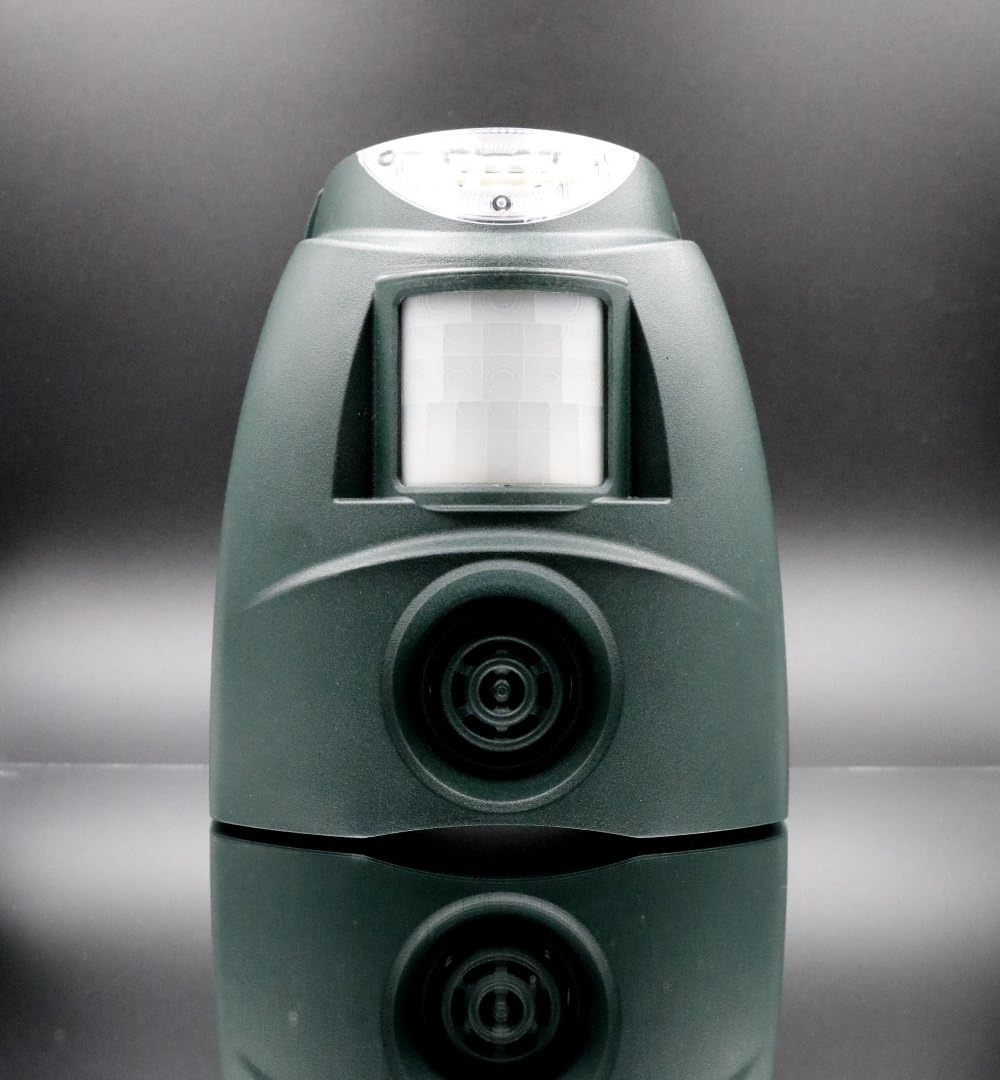
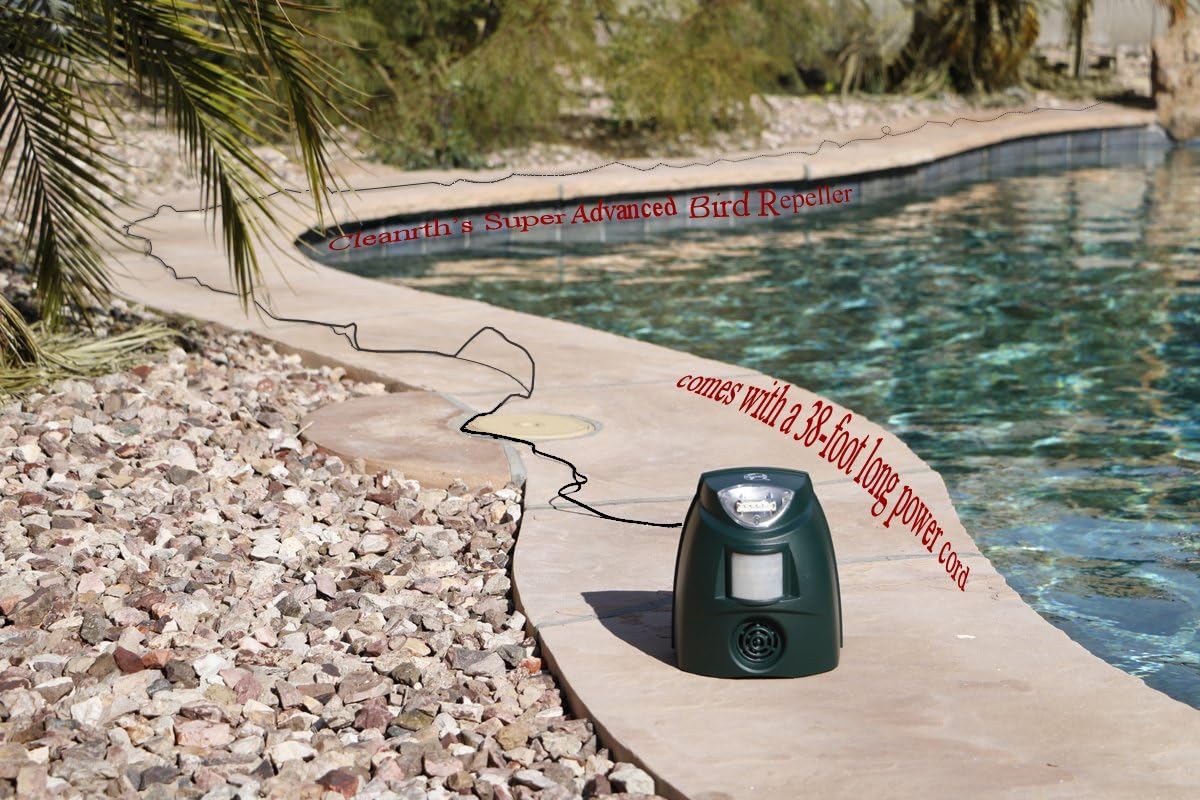
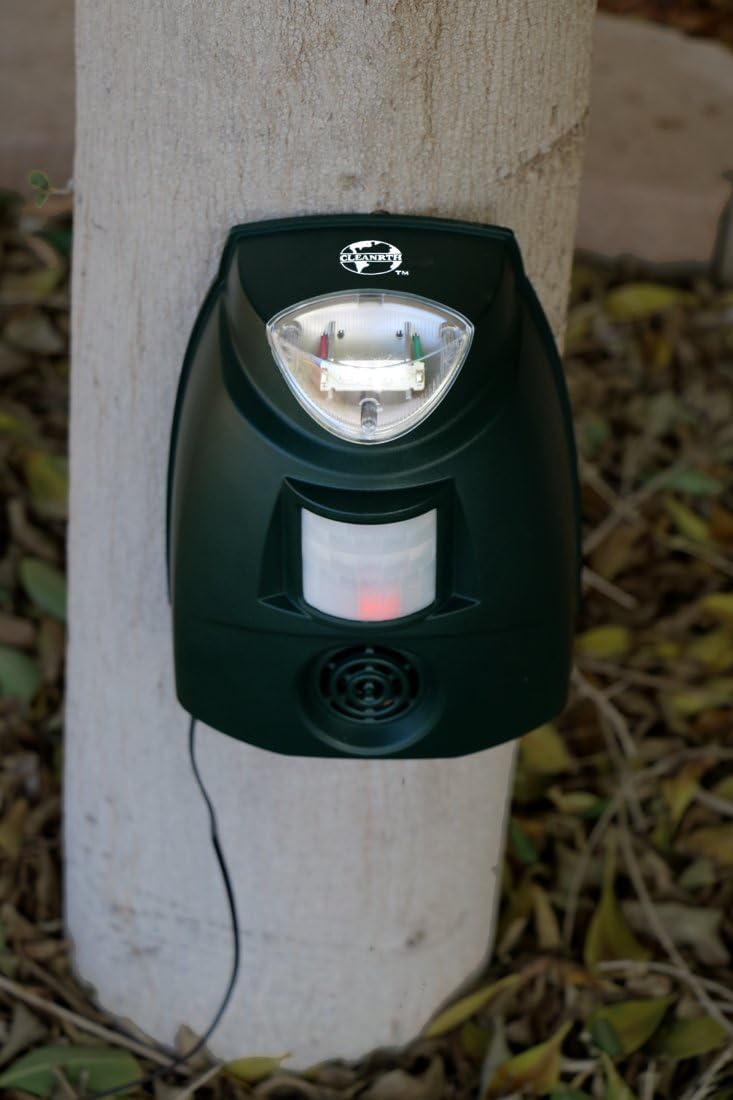
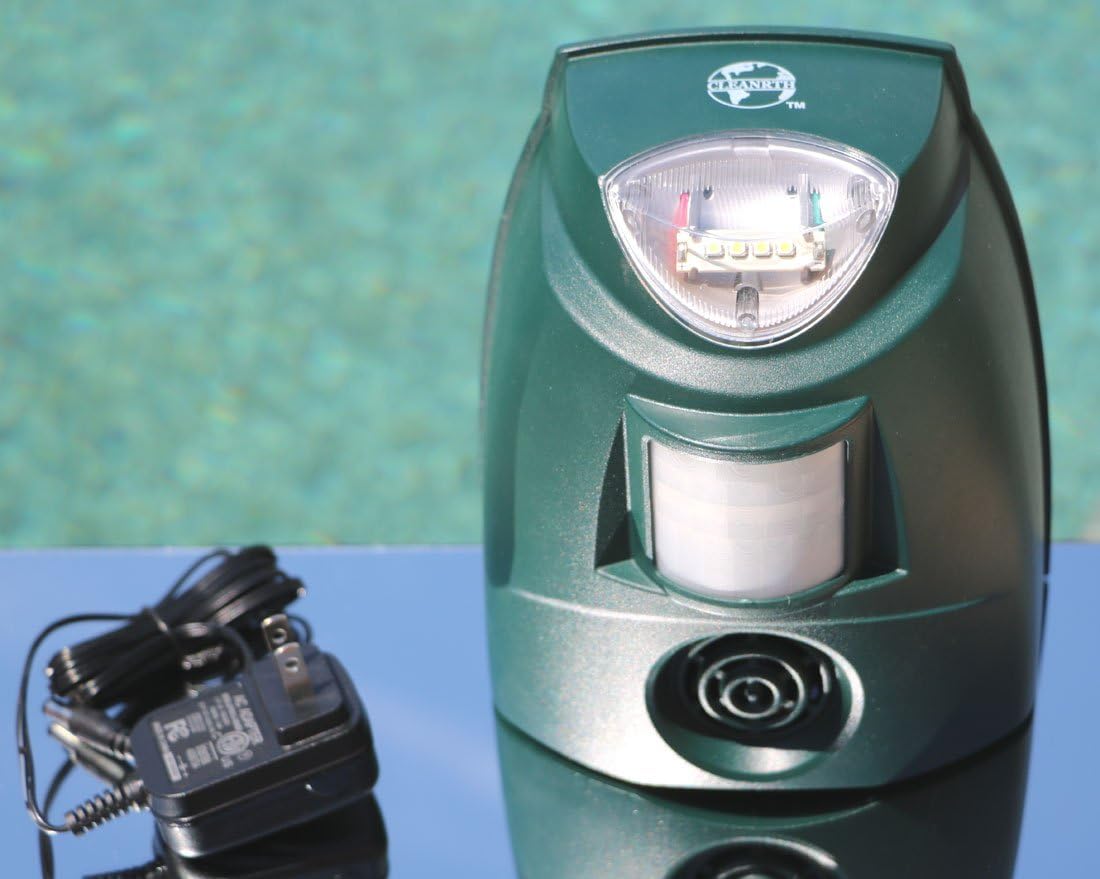
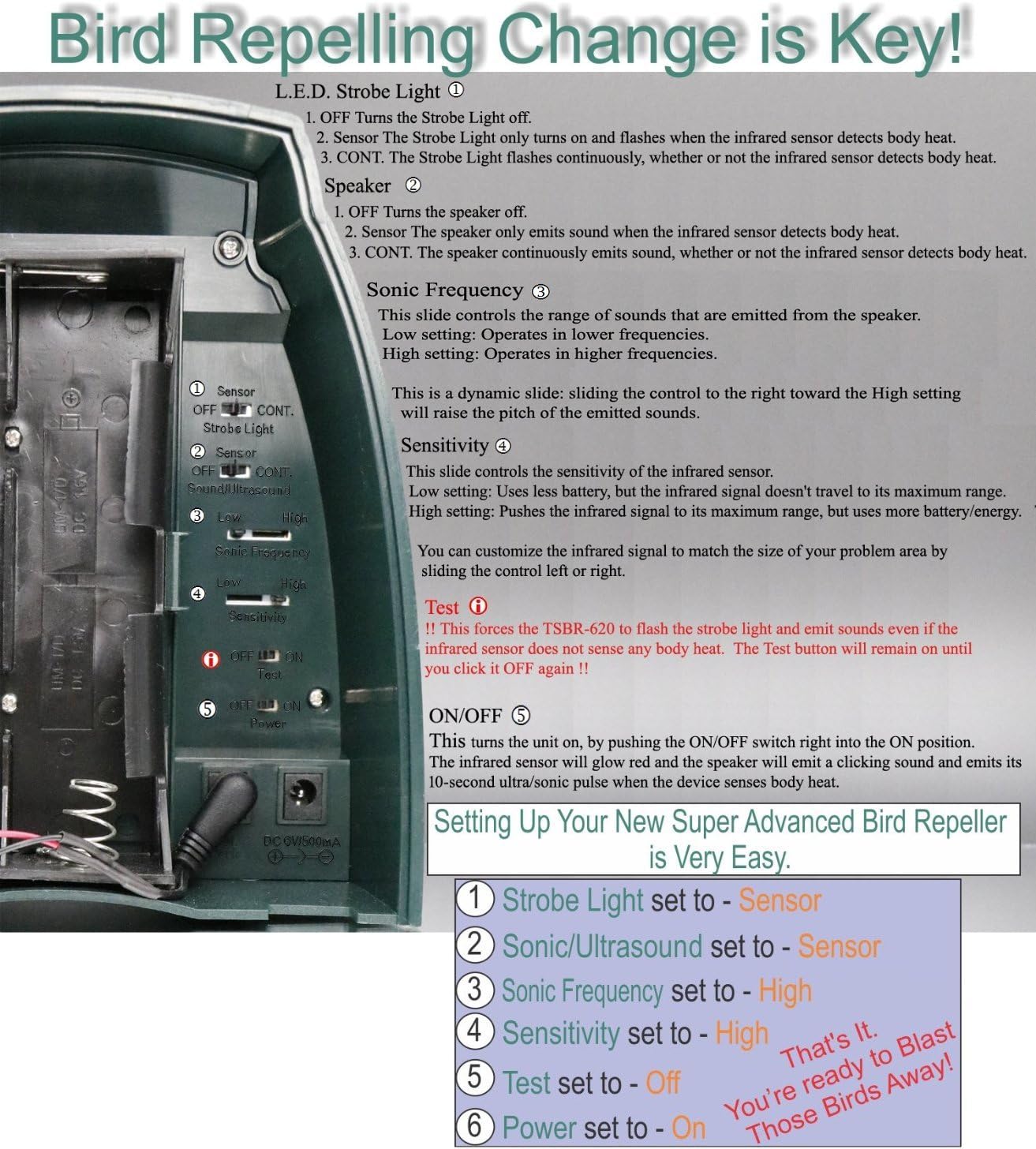
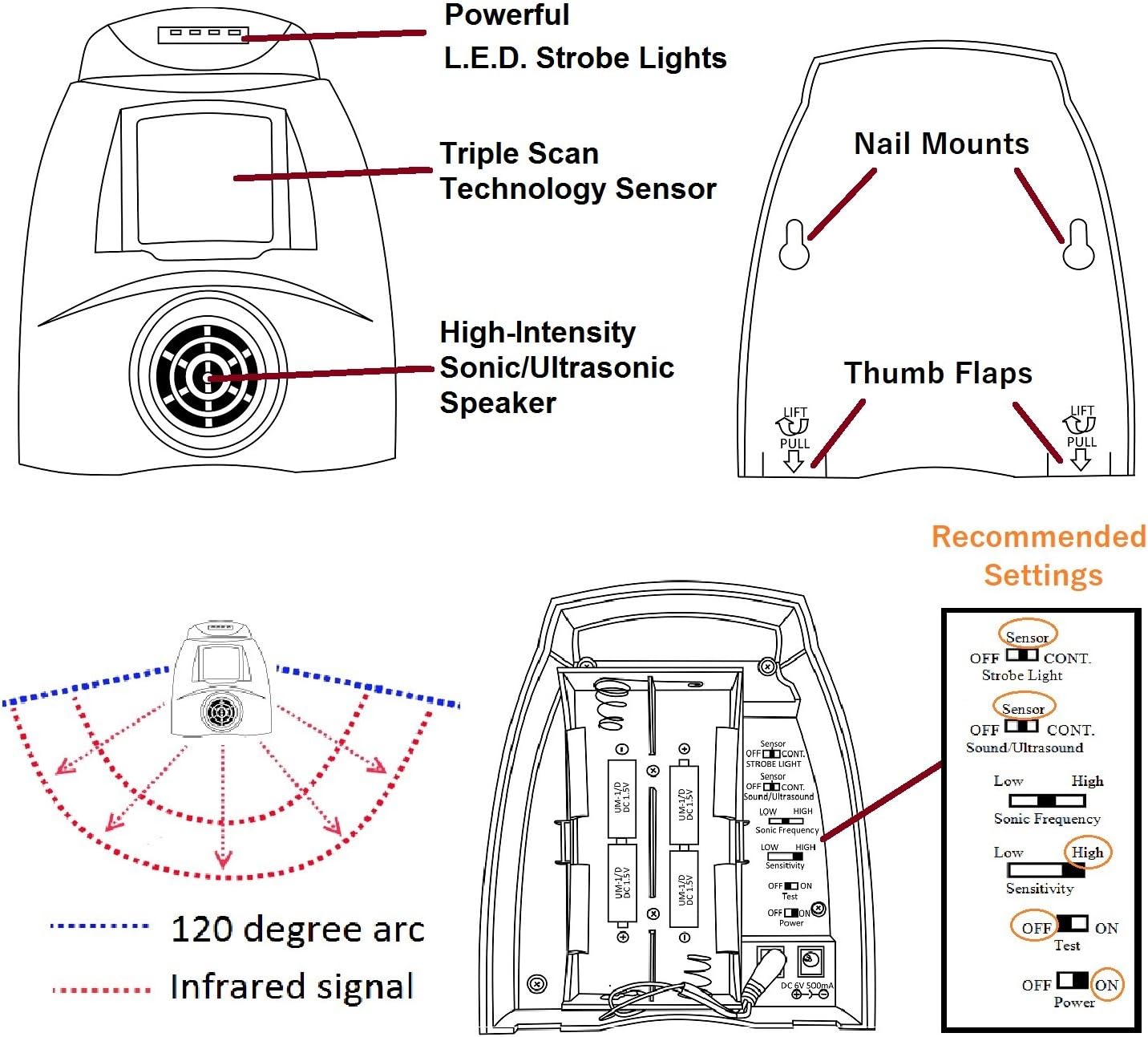
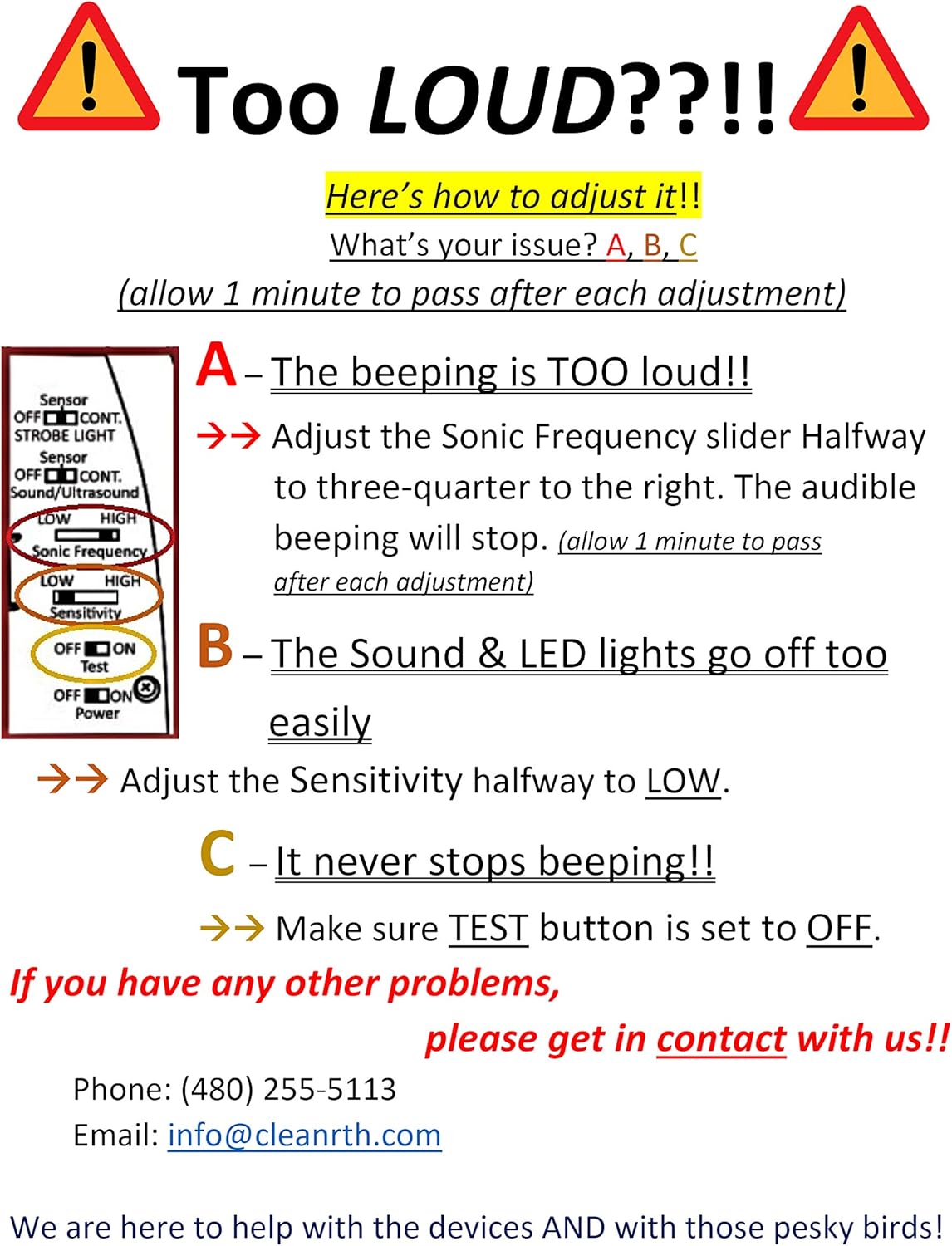
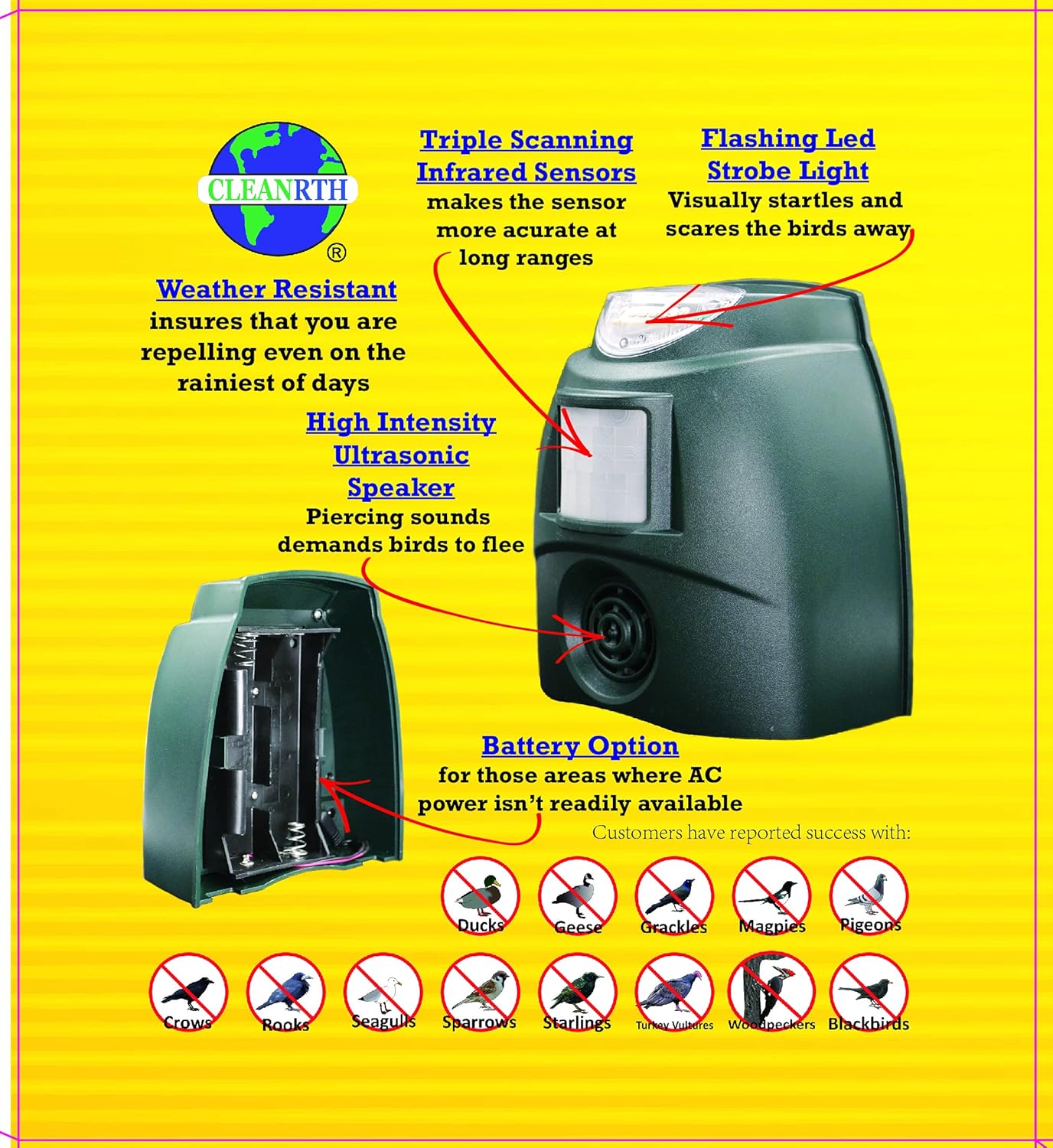
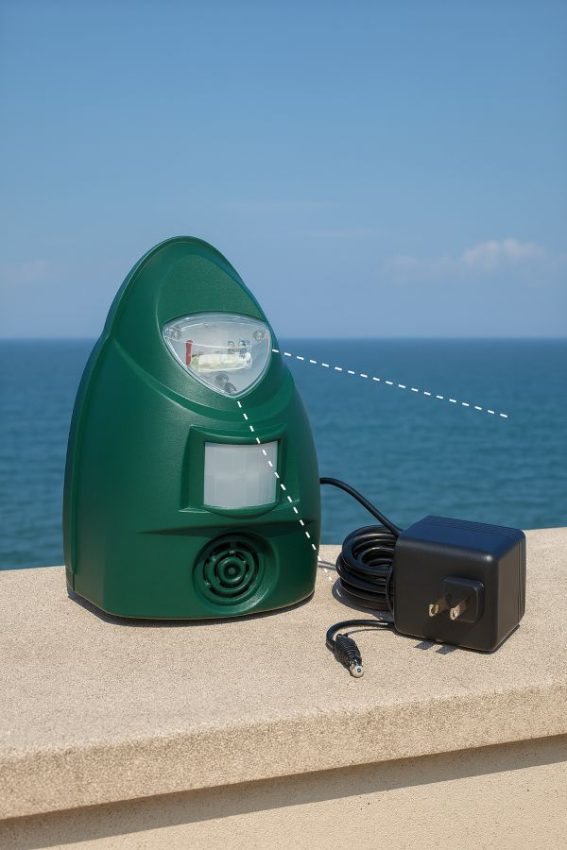
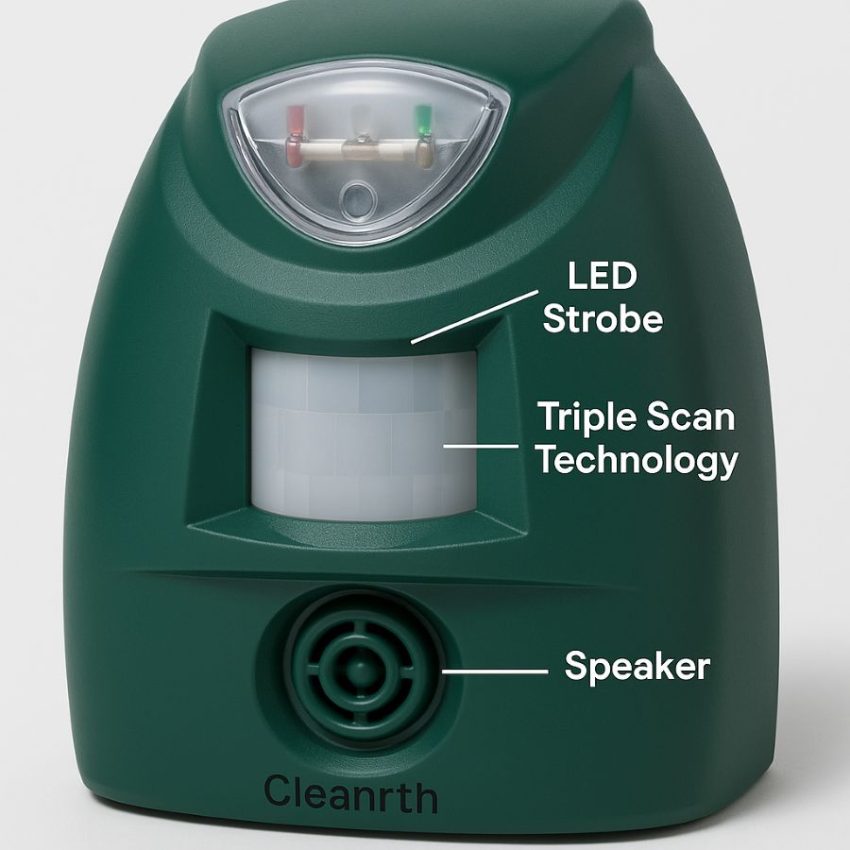
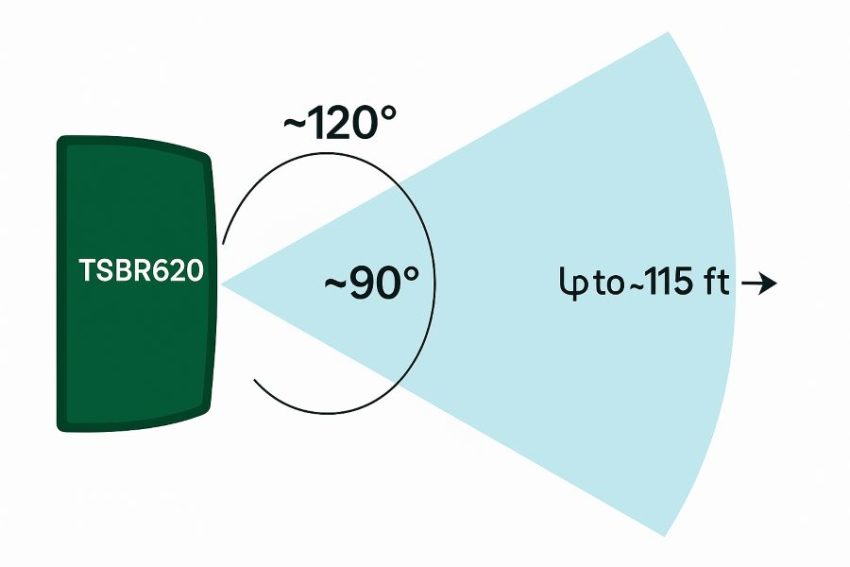
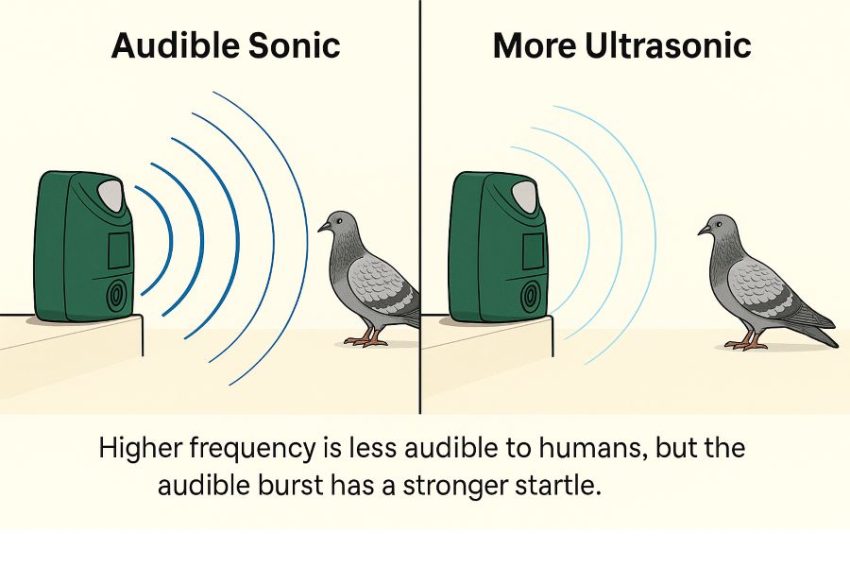
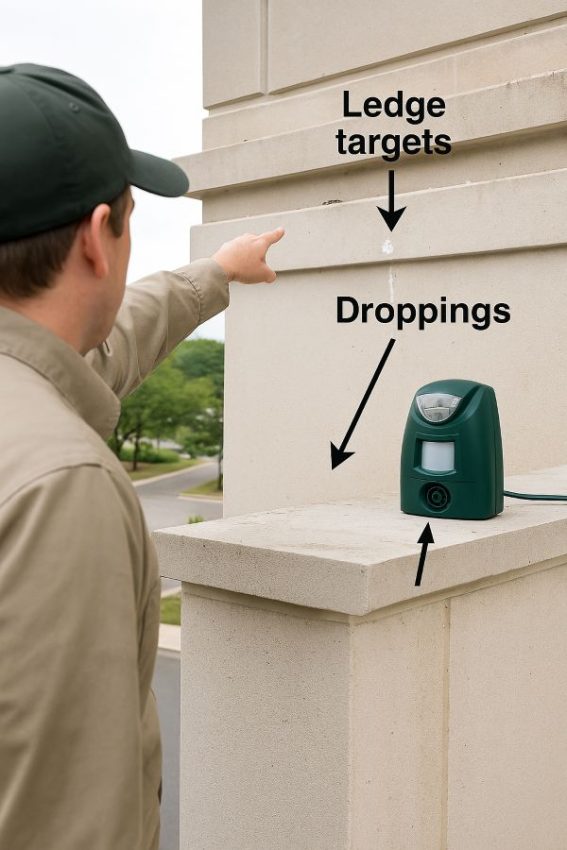
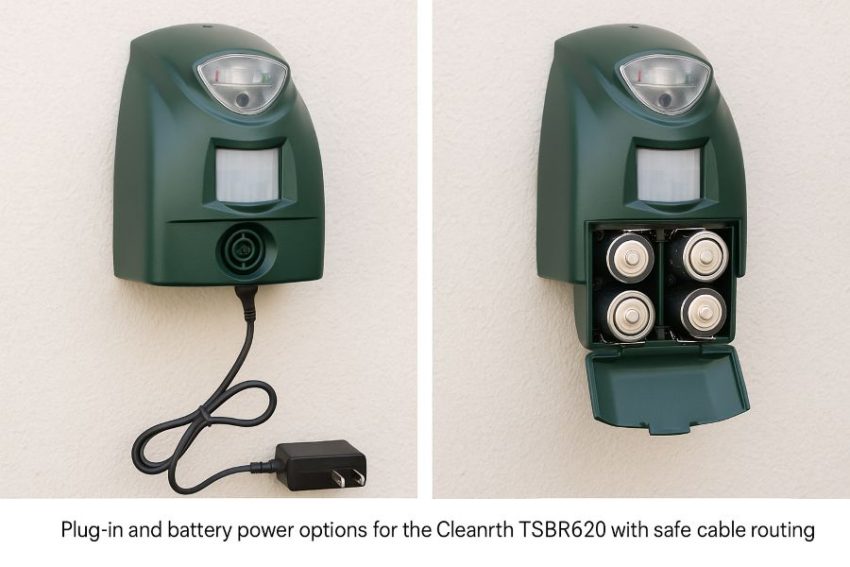
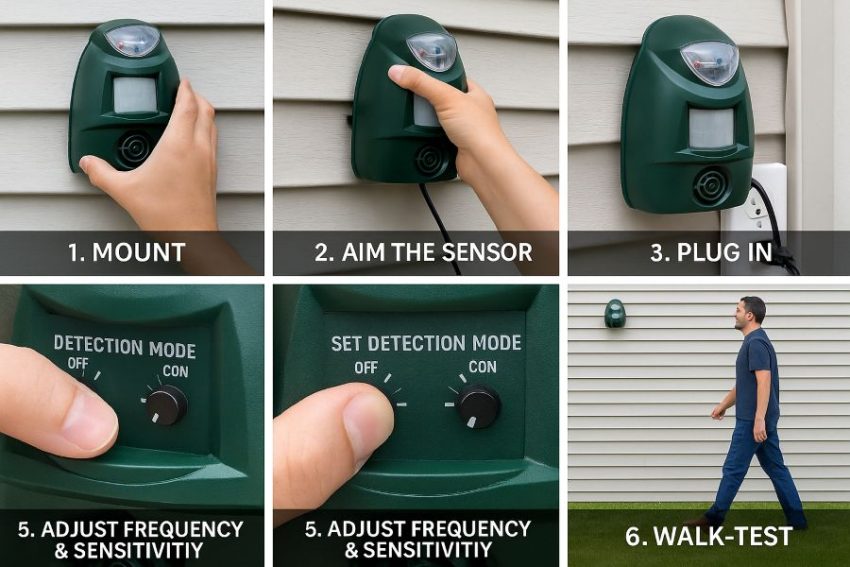
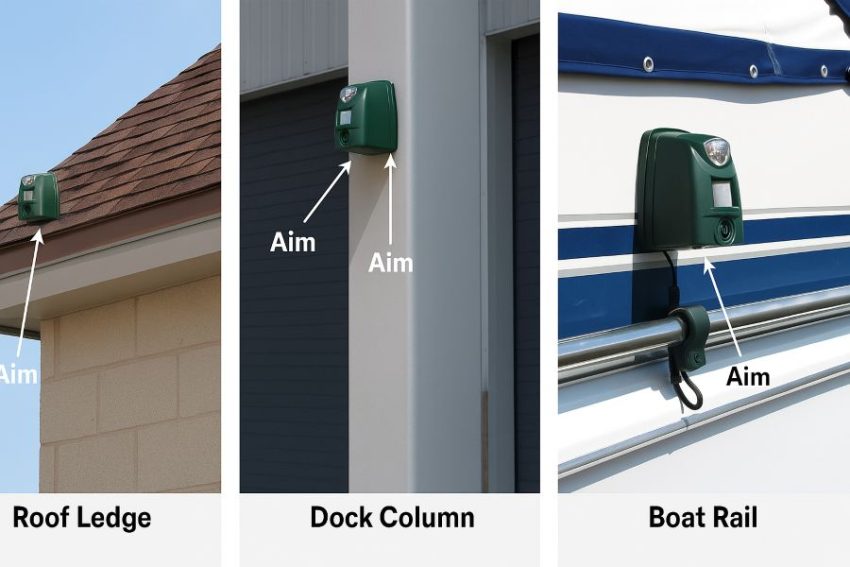
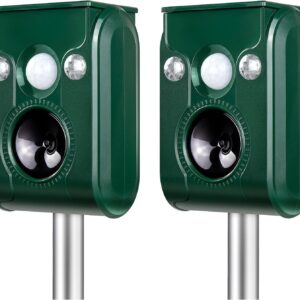
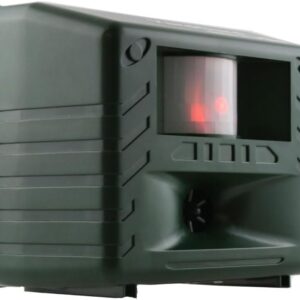

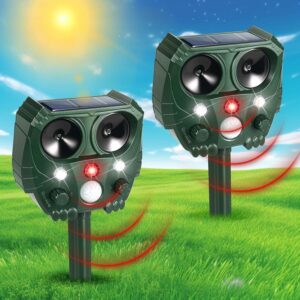
Reviews
There are no reviews yet.